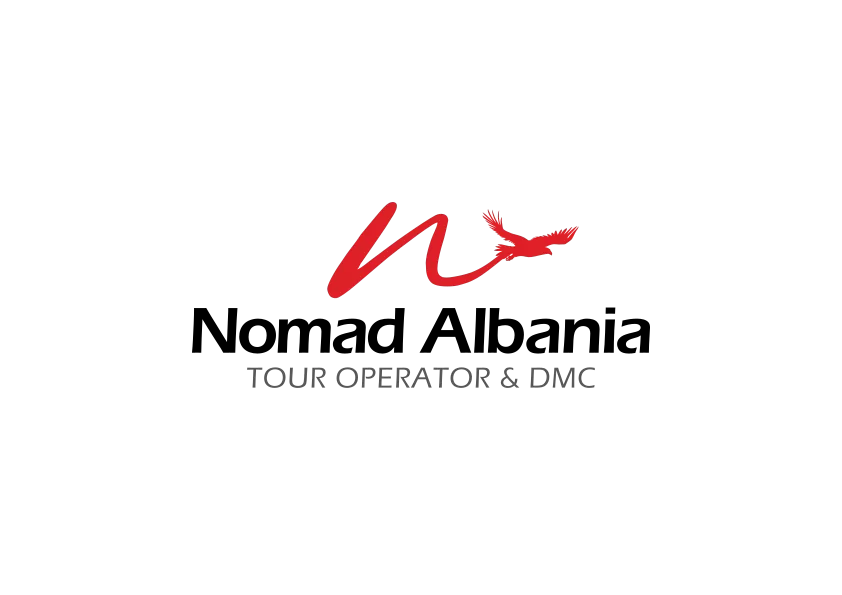Treasures of Albania
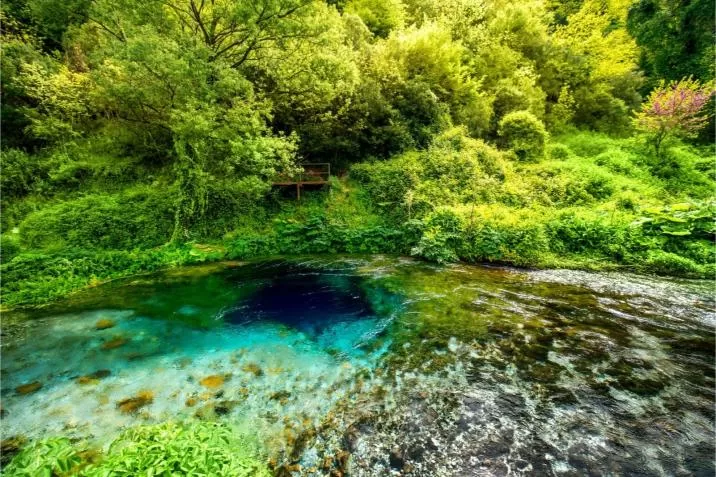

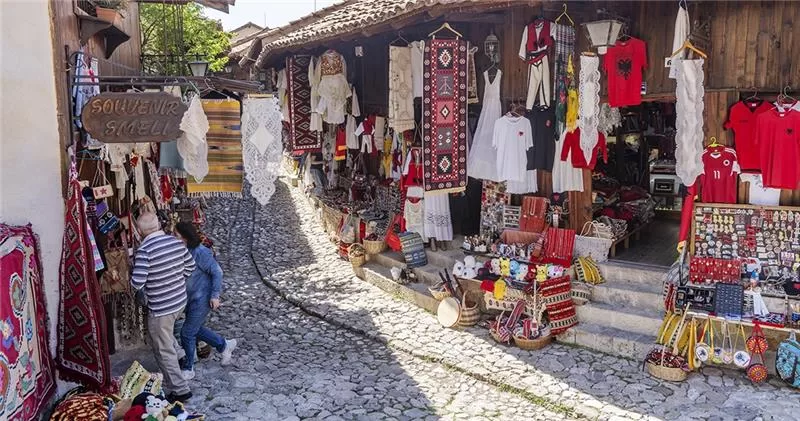
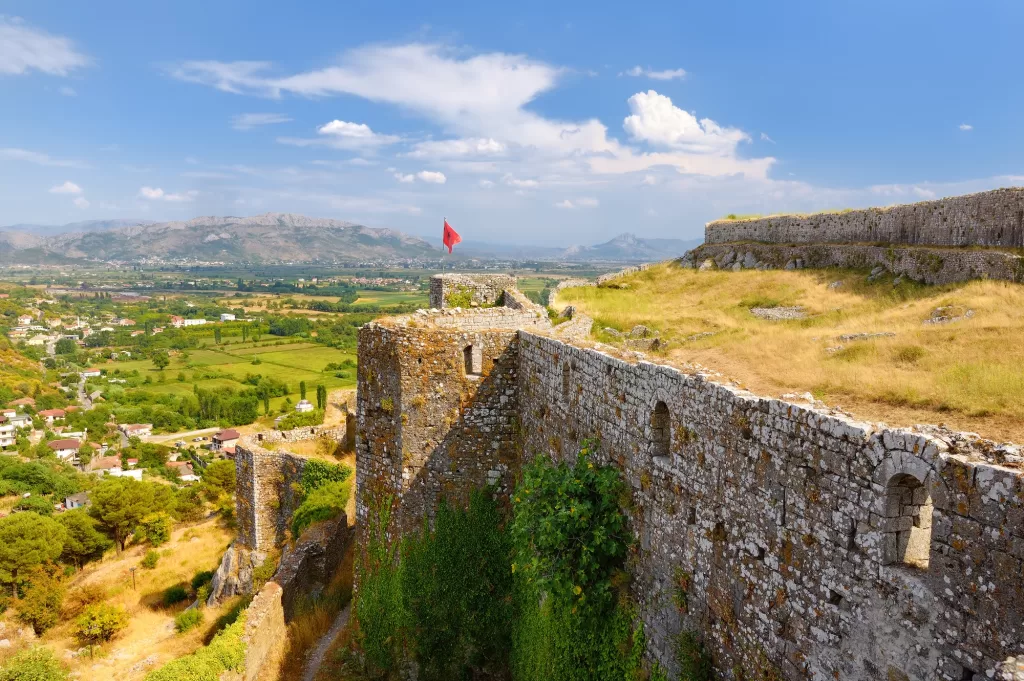
Our Overview

Day 1: Airport transfer. Durres city tour & Roman Amphitheatre. Overnight in Durres.
Welcome to Albania. Meet and greet @ Tirana airport and transfer to Durres (40 minutes).
The absolute best place to start off your walk-through ancient history is the Amphitheater of Durrës, as one of the largest Roman constructions in the region and one of the most famous architectural wonders of Emperor Trajan’s time. Durres is home to the biggest seaport city in the country and to many ancient archaeological sites and finds. The most notable tourist attraction in Durrës is the Roman amphitheater with 15,000 seats, the second biggest amphitheater in the Balkans. It is one of the most ancient cities in Albania, with almost 3,000 years of history. Enjoy some free time in the pedestrian street Vollga in front of the sea. Overnight in Durres.
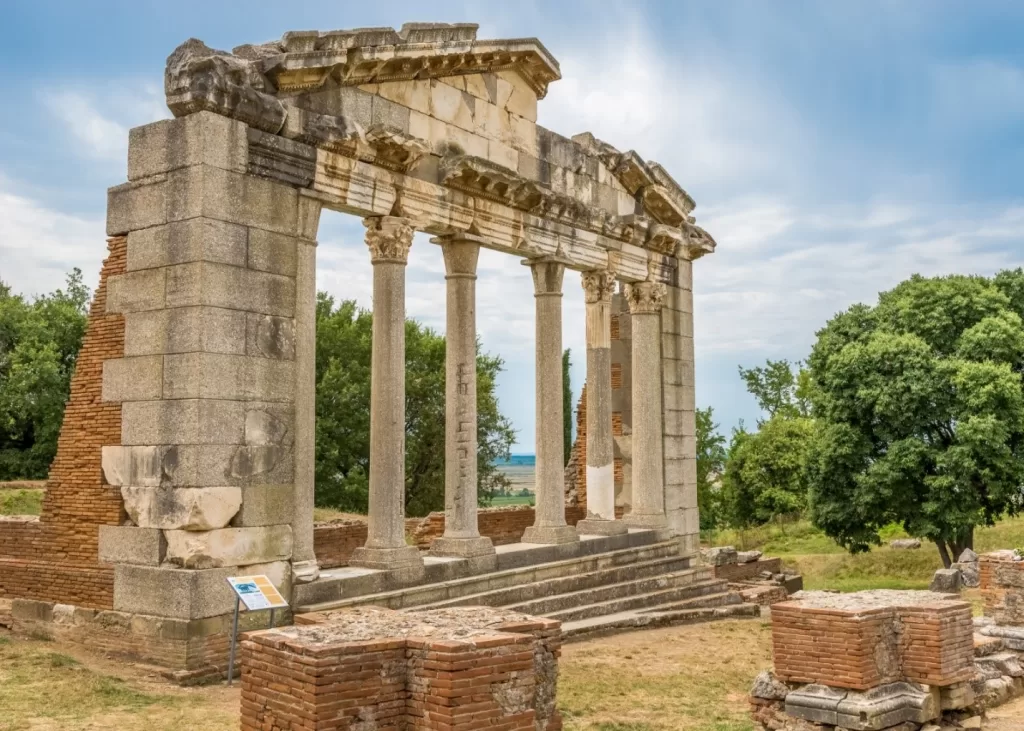
Day 2: Durres – Apollonia Archaeological Park. Vlora & Zvernec island & Flag Square. Overnight in Vlore (130 km – 2hrs) Full day.
After breakfast, 1.15 hrs drive to Apollonia Archaeological site. Experience the Greatness of Antiquity. If we could choose the one place where you will have your most memorable encounter with history in Albania, it would have to be the ancient city of Apollonia, founded in the sixth century B.C. Apollonia is a gorgeous archaeological site. In the ancient times, Apollonia was one of the most important economic and trade centers of Albani. The future Roman emperor Octavian Augustus also studied in this city. The site hosts also an Orthodox monastery.
A 30 min drive to reach Vlora & visit the monastery of Zvernec located in the island. Covered in pines, the small gorgeous island of Zvernec off the coast of Vlora can be reached by walking along a 270- meter-long wooden bridge, offering the visitor a one-of-a-kind experience with nature. Drive to city center 20 mins, a seaside city not important only because of the port but it has a huge importance in the history of Albania. In this city Ismail Qemali the founder of modern Albania proclaimed the independence of Albania in 1912. Overnight in Vlora.

Day 3: Via Llogara National Park, Albanian Riviera, Porto Palermo Castle. Overnight in Sarande (146km). Full day.
After breakfast, first stop (50 mins drive) is Llogara National Park: The Best of All Worlds Where the Adriatic and the Ionian Seas meet, begins the journey towards the Llogara National Park. The lush forests of pines and oaks are only the beginning of this “mountain of panoramas,” which is beautifully surrounded by numerous mountain ranges and the majestic Ionian Sea Drive on the Albanian Riviera looking at the Ionian Sea. Stunning sceneries awaits us at the Llogara pass, about 1096 meters above sea level. Continuing for about 1 hour drive to reach & visit the Most Picturesque Albanian Castles of the Riviera, Porto Palermo. Built on the hill of an island, connected to the shore via a narrow man-made strip of land, this Castle attracts everyone’s immediate attention. The castle was built in 19th century at the request of Ali Pashë Tepelena, (an Albanian ruler who served as Pasha of the Pashalik

Day 4: Sarande – Butrint – free time Ksamil Beach. Overnight in Sarande (42 km). Full day.
After breakfast, (30 min) to the ancient city of Butrint, a UNESCO World Heritage Site. Witness the Stages of Mediterranean Civilization: Butrint National Park: Built in the 8th century BC, and was used as a transit station between Epirus (which were within the borders of today’s Albania) and the Italian territories to the south. Butrint was colonized by many, even by the Romans under Julius Caesar in 44 BC. and later occupied by the Byzantine, Venetian and Ottoman empires. Free time in Ksamil Beach considered as the “Maldives of Europe” and the crystal waters of Ionian Sea. Overnight in Saranda.
Day 5: Sarande – Blue Eye – Gjirokaster city tour & Castle. Overnight in Gjirokastra. (57km – 1h 30min). Full day.
After breakfast, 30 min drive to The Blue Eye, Europe’s Tropical Oasis As unexpectedly spectacular as the coast of Southern Albania is.
A water spring with extremely light blue water bubbles in a more than 50-metre-deep pool. You’ll be mesmerized by how clear the water is, to the point that you’ll be able to see straight to the bottom. Gjirokastra City of Stone. Last stop for the day (1 hrs drive) will be Gjirokaster a UNESCO site and museum town with very distinct architecture. One of UNESCO’s World Heritage Sites, this gorgeous, carefully preserved, peculiar-looking city is built on steep slopes where stone-roofed houses seem to be built on top of one another. THE CASTLE OF GJIROKASTRA: WARS, LEGENDS, AND FEASTS. The Castle of Gjirokastra resides in a dramatic location, on the hilltop overlooking the city. It gave a nifty vantage point to witness the changing tides of Albanian history across the centuries. Free time. Overnight in Gjirokastra.
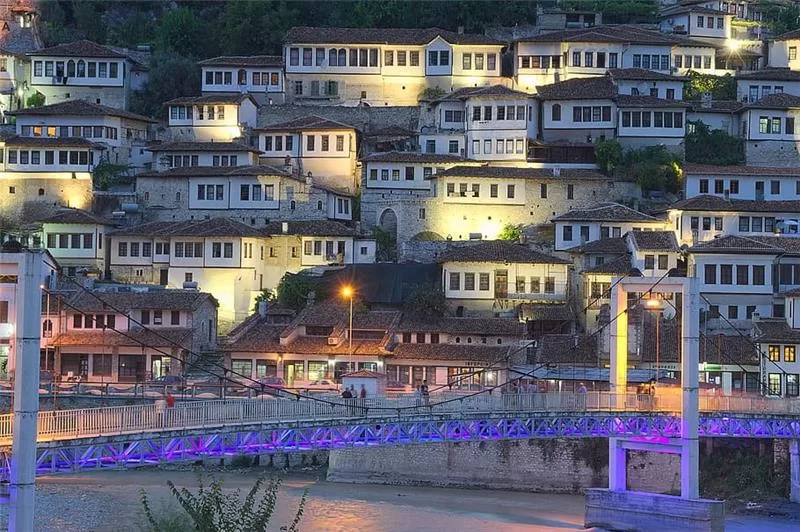
Day 6: Gjirokaster – Berat city tour, Castle & Onufri Ichnographic Museum. Overnight in Tirane (260 km – 5h). Full day.
After breakfast drive to Berat (2.30 hrs) known as the city of “One above the other Windows” Bridges and Rugged Outdoors, that has placed Berat in UNESCO’s list of world Heritage Sites. Berat Castle has particular interest as people still live within its walls in their traditional houses, as have their ancestors for centuries. The castle used to have over many churches of which 7 still remain, including one turned into Onufri Ichnographic Museum. Onufri was an Albanian Icon master painter of the 16th century who painted many orthodox churches in Albania and he used a unique red color for his icons which still today no one else can copy it. Heading to Tirana 2 hrs drive. Overnight in Tirana.

Day 7: Tirane Skenderbej Square – Kruje Old Medieval Bazaar & Skenderbej Museum. Overnight in Tirana (65km). Full day.
After the breakfast start the tour of Tirana: Tirana Europe’s Last Exotic Capital. This metropolitan capital has undergone modernization at lightning speed while much of its Ottoman, Italian, and communist architecture recall its history and old-world spirit Visit Tirana – the heart and capital of Albania. Have a walk from the main square through the boulevard. Your own journey begins by visiting the key spots such as Skënderbej Square, where you will be able to see the 35m high Kulla e Sahatit (the Clock Tower), Skenderbej monument, the National Opera, National Bank, Et’hem Bej Mosque, Bunk Art 2.
Drive to Kruje 1-hour. Kruja Home of Tradition and Skanderbeg. Rich in history and tradition, Kruja is home of the patriots and the epicenter of Albania’s independence from the Ottoman Empire. It was here that Gjergj Kastriot Skanderbeg, Albania’s greatest national hero, defended the country from the invasion of the Ottomans. Gjergj Kastrioti Skanderbeg Museum is situated inside the castle walls, which dates back to the fifth and sixth centuries A.D. Near the castle’s entrance is a traditional market, The Unique Old Medieval Bazaar, which dates back to the period of Skanderbeg. Here, you can find Albanian craft products such as embroidered items, carpeting, silver objects, copper, alabaster, filigree, traditional clothing, antiques at the traditional Old Bazaar of Kruja. Drive back (1 hrs). Overnight in Tirana.
Day 8: Airport transfer 17 km. End of services.
